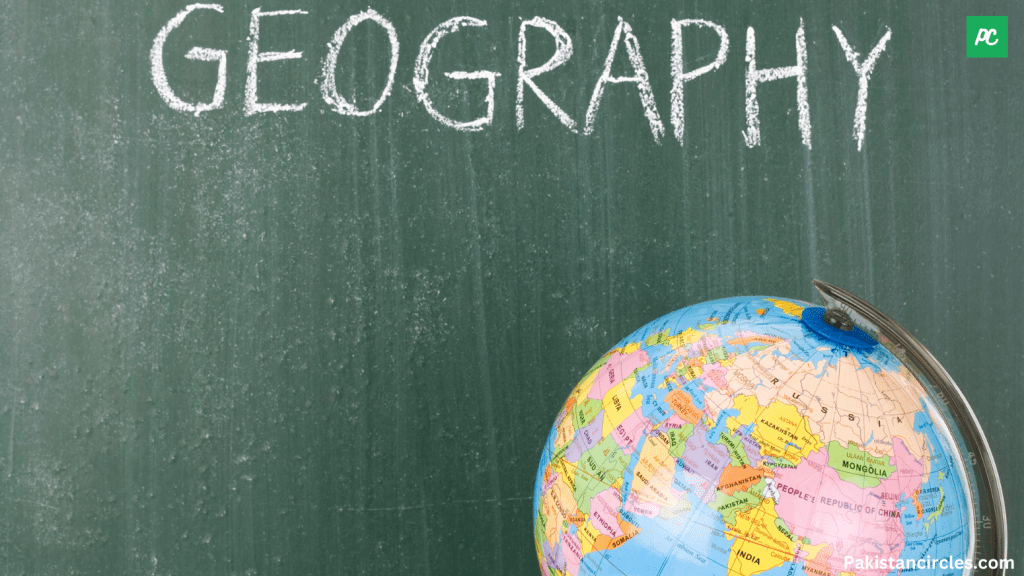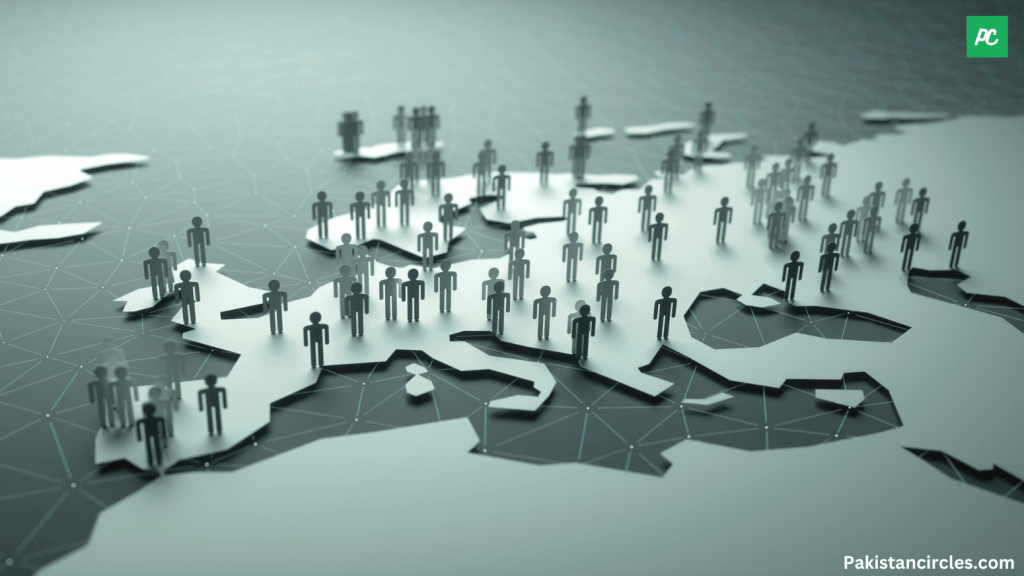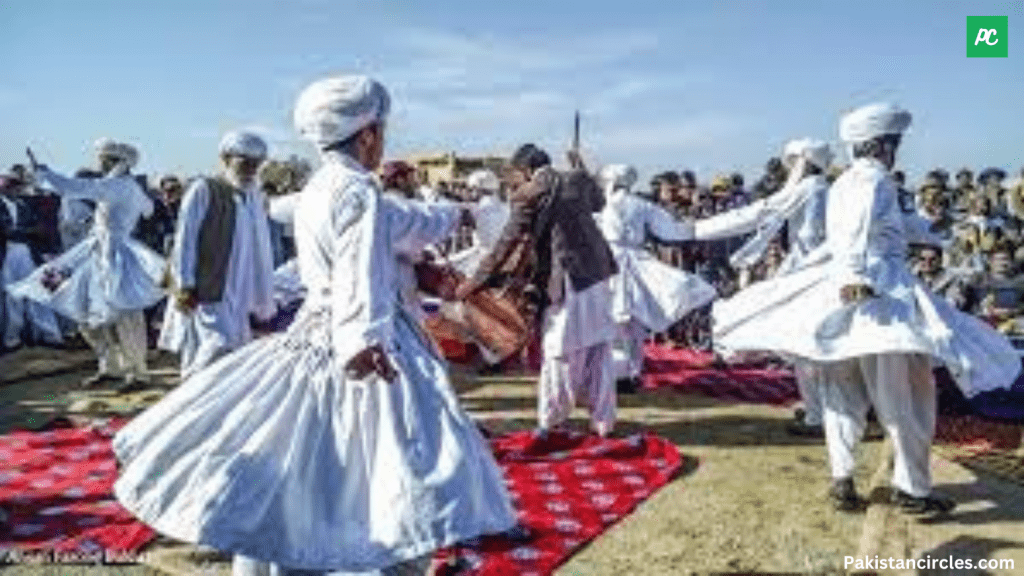Interesting Facts About Blochistan
Interesting Facts about Blochistan. Balochistan is the largest province of Pakistan in terms of land area. It is located in the southwestern part of the country. And borders Afghanistan to the northwest and Iran to the west. The provincial capital and largest city is Quetta.
The population of Balochistan is culturally diverse, with Baloch, Pashtun, Brahui, Hazara, and other ethnic groups living in the province. The majority of the population lives in rural areas and is primarily involve in agriculture and livestock farming.
Balochistan has a rich cultural heritage, with ancient forts, rock art, and other historical sites scattered throughout the province. The Makran Coastal Highway, which runs along the Arabian Sea coast. It is a popular tourist destination for its scenic beauty and historical significance. Here are some interesting facts about blochistan are givenInteresting Facts about Blochistan
Geography

Balochistan is located in the southwestern part of Pakistan. It covers an area of 347,190 square kilometers, making it the largest of Pakistan’s four provinces. The province is border with Afghanistan to the northwest, Iran to the west, and the Arabian Sea to the south. Balochistan is comprise of a coastal strip along the Arabian Sea. This is a central plateau, and the Balochistan Plateau in the east. The province is known for its rugged terrain, with mountain ranges and deserts covering much of the land.
Demography

According to the 2017 census, the population of Balochistan is approximately 12.3 million people. The largest ethnic groups in the province are the Baloch and Pashtuns. But there are also significant populations of Hazara, Brahui, and Sindhi communities. Balochistan has a predominantly rural population, with more than 70% of the population living in rural areas.
Economy

Balochistan is rich in natural resources, including natural gas, coal, copper, and gold. Despite this wealth, the province remains one of the poorest in Pakistan, with high levels of poverty and underdevelopment. The lack of investment and infrastructure has hindered the growth of the economy. And the ongoing conflict and security issues have also had a negative impact. The government of Pakistan has been working to address these issues and to promote development in the region. Through various initiatives, including the construction of Gwadar Port and the China-Pakistan Economic Corridor.
Culture

Balochistan has a rich cultural heritage, with a long history of trade and commerce along the ancient Silk Road. The province is home to several historic sites. Including the Mekran Coastal Highway, the ancient city of Kech, and the historic forts of Bolan and Noshki. The Baloch and Pashtun communities have their own distinct cultures and traditions, and there is also a significant Hazara community in the province with its own cultural heritage.
Politics
Balochistan has faced a separatist insurgency movement in recent years, with several groups calling for greater autonomy and control over the province’s resources. The Balochistan Liberation Army (BLA) is one of the most active groups in the region. It has been involved in several high-profile attacks against security forces and infrastructure. The government of Pakistan has been working to address the grievances of the Baloch people and to promote peace and stability in the region. Despite these efforts, the situation remains complex and challenges remain in resolving the conflict and promoting development in the province.
Education

Despite being rich in natural resources, Balochistan faces many challenges in terms of education and human development. According to the latest data, the literacy rate in the province is among the lowest in the country, with only about 35% of the population being able to read and write. This is due to a combination of factors, including poverty, lack of access to educational facilities, and cultural attitudes towards education. The government of Pakistan has launched various initiatives to improve access to education in the region, including the construction of schools, colleges, and universities, and the provision of scholarships to students. However, much more needs to be done to ensure that every child in Balochistan has access to a quality education.
Health

Balochistan also faces significant challenges in terms of health and well-being. The province has a shortage of healthcare facilities, with many rural areas lacking access to basic medical services. This has led to high rates of infant and maternal mortality, as well as the spread of infectious diseases. The government of Pakistan has been working to address these issues through the construction of new healthcare facilities and the training of healthcare professionals. But much more needs to be done to ensure that the people of Balochistan have access to quality healthcare.
Women’s Rights
Women in Balochistan face significant challenges, including poverty, limited access to education and healthcare, and cultural attitudes that limit their opportunities and restrict their freedom. Women in the province are often confine to traditional roles and are not able to participate fully in society. The government of Pakistan has launched various initiatives to promote gender equality and women’s rights in the region. But much more needs to be done to ensure that women in Balochistan have equal access to resources and opportunities.
Balochistan comprises several cities and districts, each with its own unique history and character. Some of the main cities and districts in the province include.
Quetta
Quetta is the capital of Balochistan and one of the largest cities in the province. It is located in the east of the province, near the border with Afghanistan. Quetta is an important commercial center and is known for its bazaars, traditional architecture, and scenic location at the foot of the Takht-e-Sulaiman Mountain range. The city is an important cultural center, with several museums and cultural institutions. Including the Balochistan Museum and the Balochistan Arts Council.
Gwadar
Gwadar is a port city located on the Arabian Sea coast of Balochistan. It is an important economic hub, with a deep-sea port that provides access to the oil-rich Middle East and Central Asia. The city is a popular tourist destination, known for its scenic beaches, fishing villages, and traditional architecture. The government of Pakistan is investing heavily in Gwadar. This is the part of its vision for a modern and integrateDd Balochistan. The city is expect to play a key role in the future economic growth of the region.
Khuzdar
Khuzdar is a city located in the center of Balochistan. It is an important commercial and cultural center, with a rich history dating back to the Indus Valley Civilization. The city known for its scenic location, surrounded by mountains and forests. And for its cultural heritage, with several historic sites and monuments, including the Khuzdar Fort and the ancient city of Mehar.
Mastung
Mastung is a city located in the central part of Balochistan. It is an important commercial center, with a well-developed bazaar and a vibrant trade and commerce sector. The city is known for its scenic location. Because of surrounded by mountains and forests. For its cultural heritage, with several historic sites and monuments. Including the Mastung Fort and the shrine of Hazrat Ali Jalandhari.
Zhob
Zhob is a city located in the east of Balochistan, near the border with Afghanistan. It is an important commercial and cultural center, with a rich history dating back to the Indus Valley Civilization. The city is known for its scenic location, surrounded by mountains and forests, and for its cultural heritage, with several historic sites and monuments, including the Zhob Fort and the shrine of Hazrat Shah Bilawal.
Balochistan also comprised several districts, Awaran, Chagai, Kech, Nushki, Panjgur, Sibi, and Turbat, among others. Each of these districts has its own unique history, culture, and economic characteristics, and together they contribute to the rich tapestry of Balochistan’s heritage and diversity.
Conclusion Of Interesting Facts About Blochistan
In conclusion, Balochistan is a province with a rich cultural heritage and natural resources. But faces challenges related to poverty, underdevelopment, and conflict. The government of Pakistan is working to address these challenges. And promote development in the region. But significant work remains to be done to ensure that the people of Balochistan have access to the resources and opportunities. They need to succeed.
For More General Information in video Click Here
Read More

